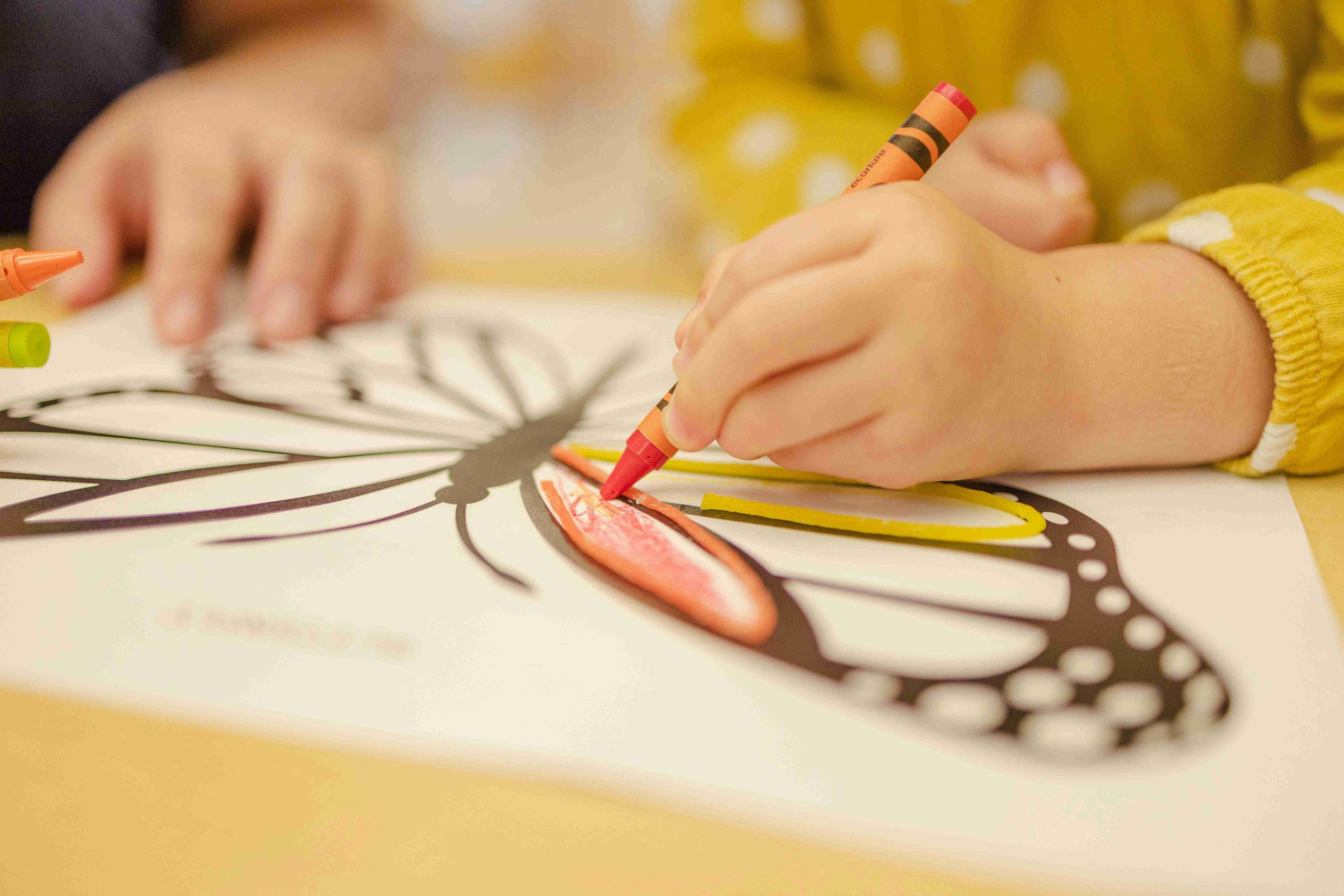
Unleashing the Inner Artist: Recognizing Preschoolers’ Drawing Prowess with Intrapersonal Intelligence
Engaging in drawing activities is a pivotal pastime for young preschoolers, providing them with a unique means of communication beyond language. Whether they are scribbling, coloring, or sketching, drawing fosters the development of fine motor skills, hand-eye coordination, and cognitive abilities. As a parent, it’s essential to delve deeper into your preschooler’s artistic potential, going beyond the mere quality of their artwork. One valuable approach is understanding intrapersonal intelligence, a facet that involves self-awareness, introspection, and an understanding of one’s emotions, thoughts, and feelings.
The Significance of Intrapersonal Intelligence in Drawing
Intrapersonal intelligence, one of Howard Gardner’s identified types of intelligence, plays a pivotal role in artistic development, especially in drawing. Recognizing the connection between intrapersonal intelligence and drawing allows parents and teachers to identify preschoolers with a potential talent in this area. Subsequently, providing these preschoolers with the right tools, equipment, and guidance becomes crucial for furthering their artistic abilities.
It’s important to note that while some preschoolers may display a natural aptitude for drawing, others may need additional encouragement and support to progress in their skills. By fostering an environment that nurtures creativity, exploration, and self-expression, parents and educators can help all preschoolers in developing their drawing abilities and cultivating intrapersonal intelligence.
Understanding Intrapersonal Intelligence
Intrapersonal intelligence involves self-awareness, introspection, and comprehension of one’s own emotions, thoughts, and feelings. Individuals with high intrapersonal intelligence excel at analyzing their thoughts, emotions, strengths, and limitations. This self-awareness enables them to guide their behavior, make decisions, establish goals, create plans, and monitor their progress.
The Interplay between Intrapersonal Intelligence and Drawing
Drawing serves as a form of self-expression for preschoolers, allowing them to convey thoughts, feelings, and experiences through images. Preschoolers with high intrapersonal intelligence can effectively translate their inner world onto paper. Their deep understanding of emotions enables them to express them more vividly through their artwork. Moreover, these preschoolers can create images that reflect their unique perspectives and experiences, as they are more in tune with their thoughts and feelings.
Signs of High Intrapersonal Intelligence in Preschoolers
Identifying whether your preschooler possesses high intrapersonal intelligence, and consequently, a potential talent for drawing, involves observing certain signs:
- Self-awareness: Preschoolers asking reflective questions about their feelings and motivations.
- Creativity: Displaying a vivid imagination and generating original ideas.
- Focus: Maintaining concentration on a task for extended periods.
- Attention to Detail: Showing meticulous and detail-oriented tendencies.
- Perfectionism: Striving for high standards and being critical of their own work.
- Emotional Sensitivity: Being in touch with emotions and expressing them through artwork.
Encouraging Preschoolers’ Drawing Skills
If your preschooler exhibits signs of high intrapersonal intelligence and an interest in drawing, fostering their skills can be achieved through various strategies:
- Provide the Right Materials: Invest in quality art supplies like colored pencils, markers, and paint.
- Create a Safe Environment: Offer a dedicated space for artistic expression without fear of criticism.
- Praise Effort: Celebrate the process and skills development rather than focusing solely on the end result.
- Expose Them to Art: Visit museums, galleries, or explore art books to inspire creativity.
- Provide Guidance: Offer gentle guidance and feedback, allowing them to experiment and explore.
The Link Between Intrapersonal Intelligence and Drawing
The intricate connection between intrapersonal intelligence and drawing underscores the importance of nurturing both aspects in preschoolers. By recognizing the characteristics of intrapersonal intelligence, parents and educators can identify and encourage preschoolers with a knack for drawing. This, in turn, positively impacts emotional development, problem-solving skills, and overall creativity.
Conclusion
Recognizing and nurturing intrapersonal intelligence in preschoolers showcasing a talent for drawing involves providing them with the tools, guidance, and support to explore their creativity and express themselves meaningfully. Parents and educators can create an environment conducive to intrapersonal intelligence development by facilitating access to appropriate materials, offering guidance, and encouraging free expression without judgment. By doing so, preschoolers can develop the confidence and self-awareness crucial for both intrapersonal intelligence and drawing skills. Keep an open mind and supportive attitude, and watch as your preschooler unleashes their inner artist and discovers a lifelong love for drawing.
It’s essential to note that not all preschoolers will show an interest in drawing or exhibit high intrapersonal intelligence in this area. As parents and educators, encouraging and supporting preschoolers in their various creative endeavors, whether drawing, painting, music, or dance, is paramount. Providing a nurturing and supportive environment allows preschoolers to develop their creativity and self-expression in diverse ways, contributing to their holistic development.


